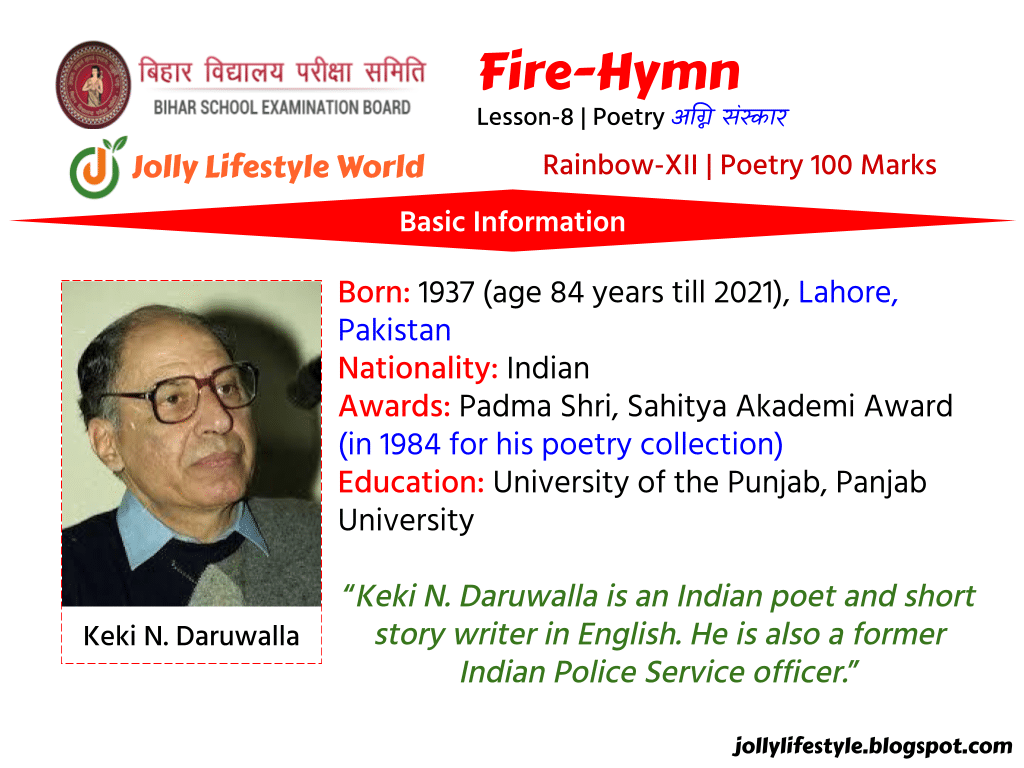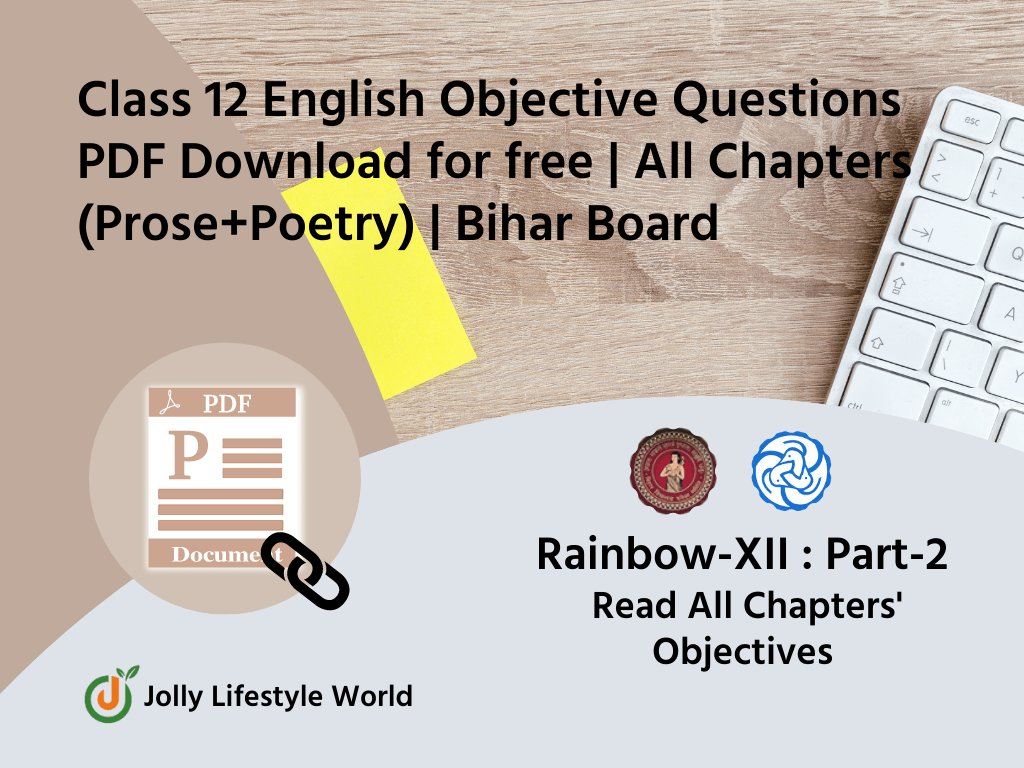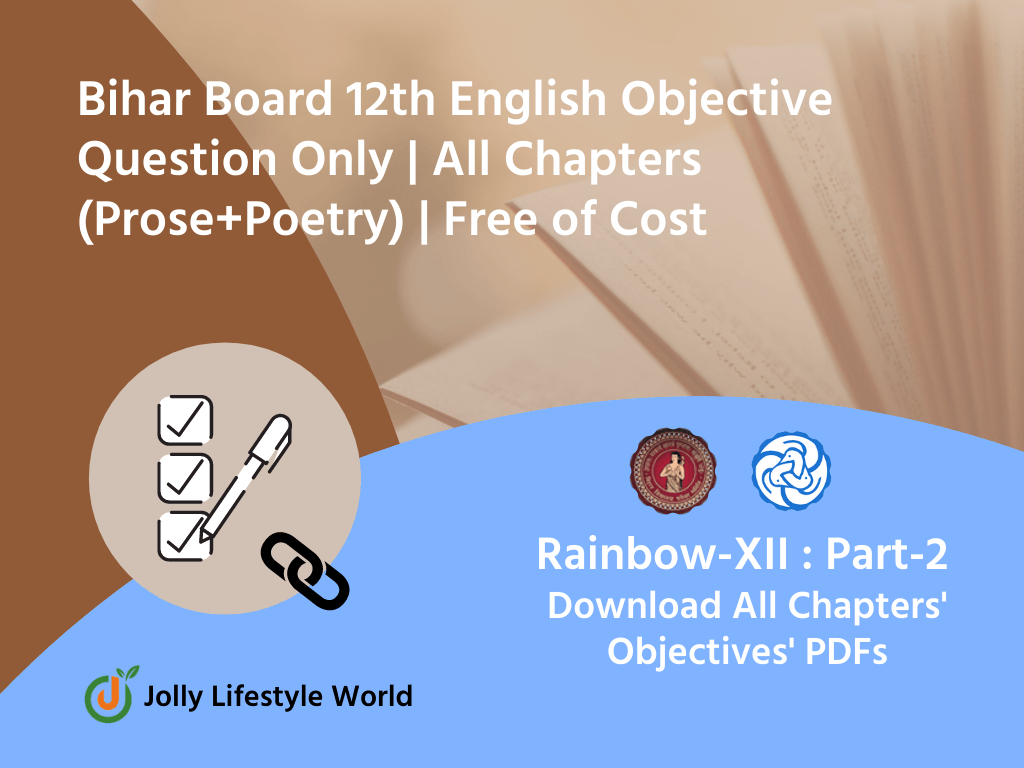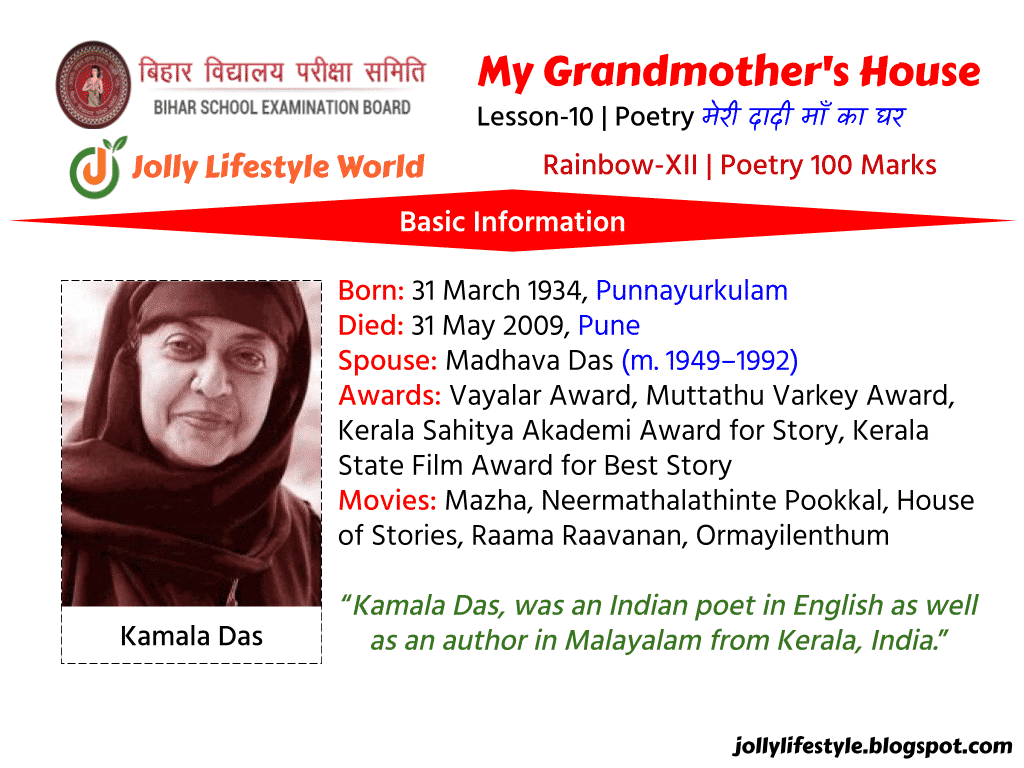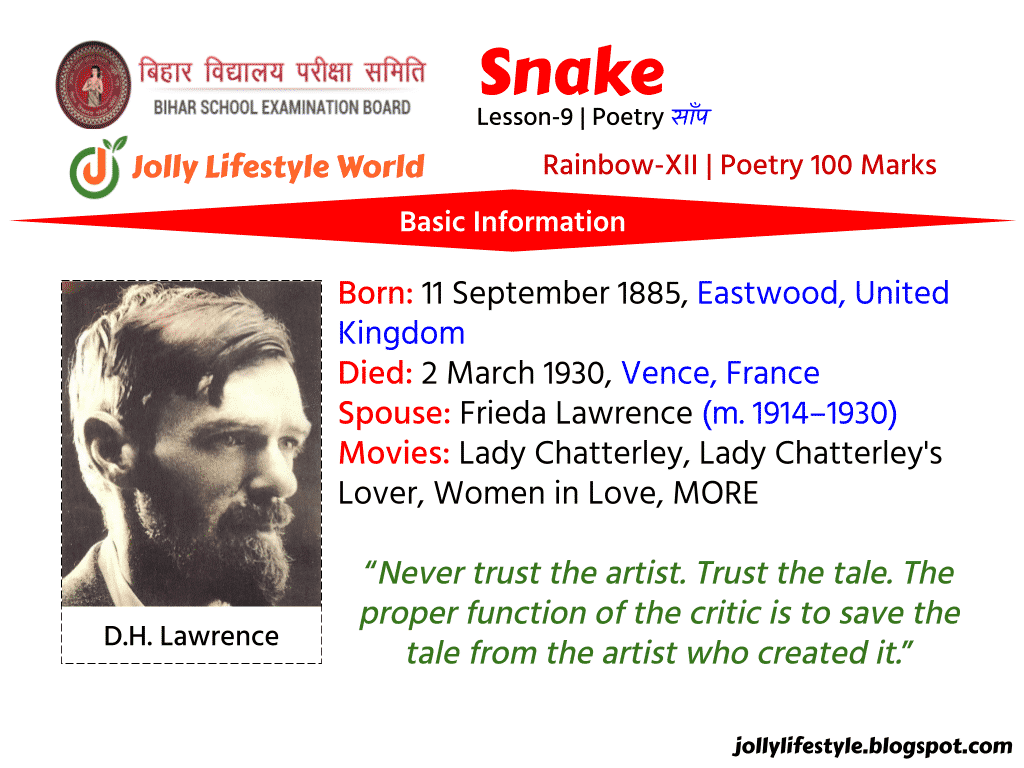Description
| Based Pattern | Bihar Board, Patna |
|---|---|
| Class | 12th |
| Stream | Arts (I.A.), Commerce (I.Com) & Science (I.Sc) |
| Subject | English (100 Marks) |
| Book | Rainbow-XII | Part- II |
| Type | Summary |
| Lesson | Poetry-8 | Fire-Hymn |
| Summary Type | Short Summary | 5-Marks |
| Price | Free of Cost |
| Script | In English & Hindi |
| Available On | NRB HINDI App |
| Published On | Jolly Lifestyle World |
Fire-Hymn Summary
In English
Fire-Hymn Summary
“Fire-Hymn” is a nice heart touching poem that is highly composed by an outstanding Indo-Anglian poet Keki N. Daruwalla.
In this poem, the poet has presented a very realistic scene of funeral rites performed after death at the burning ghat where dead bodies of Hinduism are burnt.
One day the poet goes with his father to nearby a burning ghat. There, he sees the unburnt dead body(the half-burnt finger). The red-hot embers still glowing many hours after a dead body has been cremated. Really the sight of that half-burnt dead body in the darkness of night creates the feeling of shock and horror pointing to that dead body.
Father says to him that sometimes fire fails to perform its duty/task. Being a Parsi and the worshiper of fire as a God. The poet is in very much pained at the gratefulness of fire towards its deed. He shocked. Parsi instead of cremating their dead bodies carry it to the tower of silence to put their in.
He was horrified to see such a cruel act. The poet once come to such a ghat to cremate his own newborn child into the fire because there was no tower of silence there and the distance of the tower of silence was a thousand miles away from his residence.
The poet says that burning a dead body is an inhuman act. He regrets doing so because he has consigned his child into the fire. He says that he has committed a sin by doing this inhuman act. At last, he swears that he will never violate the Parsi code again in future.
फायर-हीम सारांश
हिंदी में
“फायर-हीम” एक दिल को छूने वाली कविता है जो एक उत्कृष्ट इंडो-एंग्लियन

